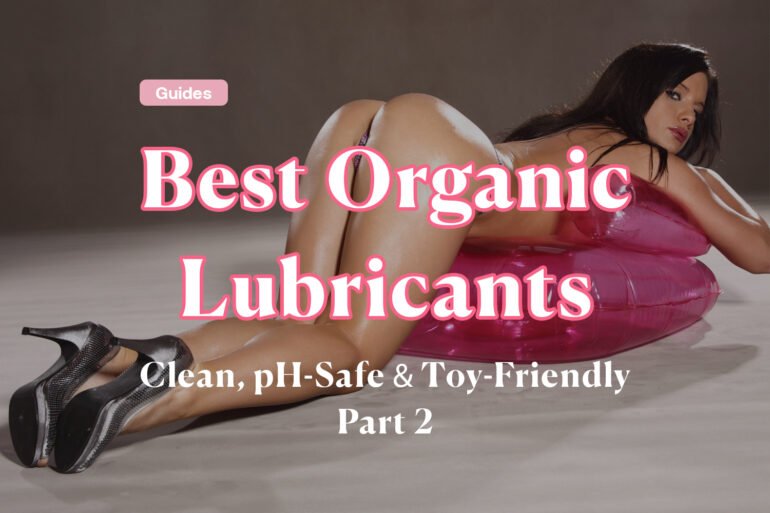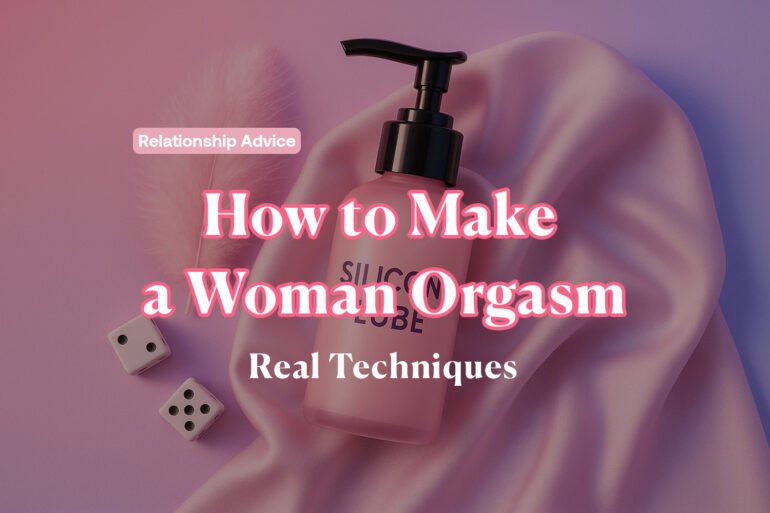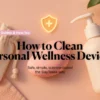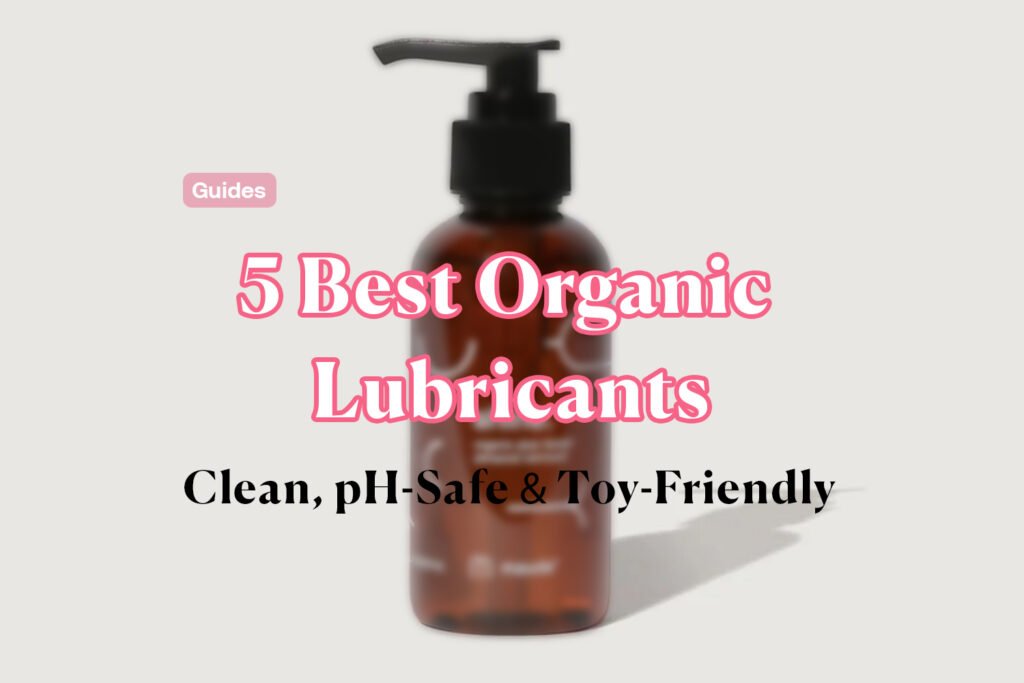
Short answer: The best “organic” lube for you depends on skin sensitivity, condom/toy compatibility, and texture. For most readers, a pH-friendly, low-irritant, water/aloe-based formula is ideal for everyday use and toy play; oil-based can feel luxurious but isn’t latex-condom safe.
What we mean by “organic.” Some picks below are certified organic (e.g., Soil Association, USDA). Others use clean formulations with organic botanicals (but may not carry a formal seal). We label this clearly to avoid greenwashing.
How we ranked (weighting in brackets)
pH-friendliness; simple, low-irritant INCI; no parabens/glycerin/fragrance where possible; toy/condom compatibility; alignment with WHO guidance to keep water-based lube osmolality below ~1,200 mOsm/kg (lower is gentler). (World Health Organization)
slip, longevity, clean rinse; texture options (gel vs fluid).
feedback from pelvic health sources and brands aimed at vulvar/vaginal comfort. (Contemporary OB/GYN)
price/oz and easy purchasing.
USDA/Soil Association where applicable. (YES)
Latex & toy rules (quick):
• Water/aloe-based → latex-condom safe and silicone-toy safe (default best for most).
• Oil-based → not safe with latex/poly-isoprene condoms; okay with polyurethane/nitrile; check toy materials (oil can interact with some elastomers). (Foria)
Top 10 Organic / Clean Lubricants of 2025
Lovense — Water-Based Lubricant — Best “Pair-With-Your-Toy” Pick
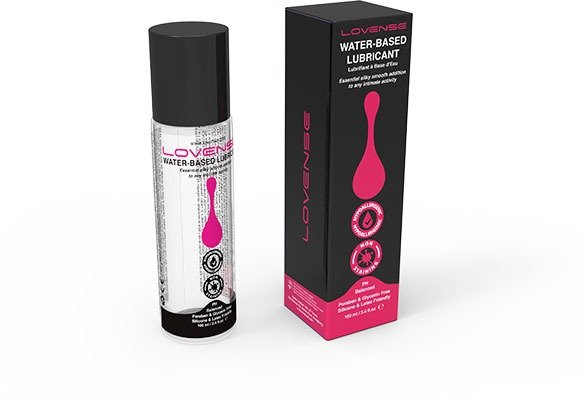
Built by the interactive-toy brand, this water-based, pH-balanced, hypoallergenic formula is designed to be toy-friendly and glycerin-/paraben-free per Lovense. Always check your bottle’s label—some third-party “jelly” listings differ by SKU. (Lovense)
Good for: Anyone using silicone vibrators or app-controlled toys.
Buy: lovense.com (use your affiliate link). (Lovense)
1) YES® WB (Water-Based) — Best Certified-Organic Overall
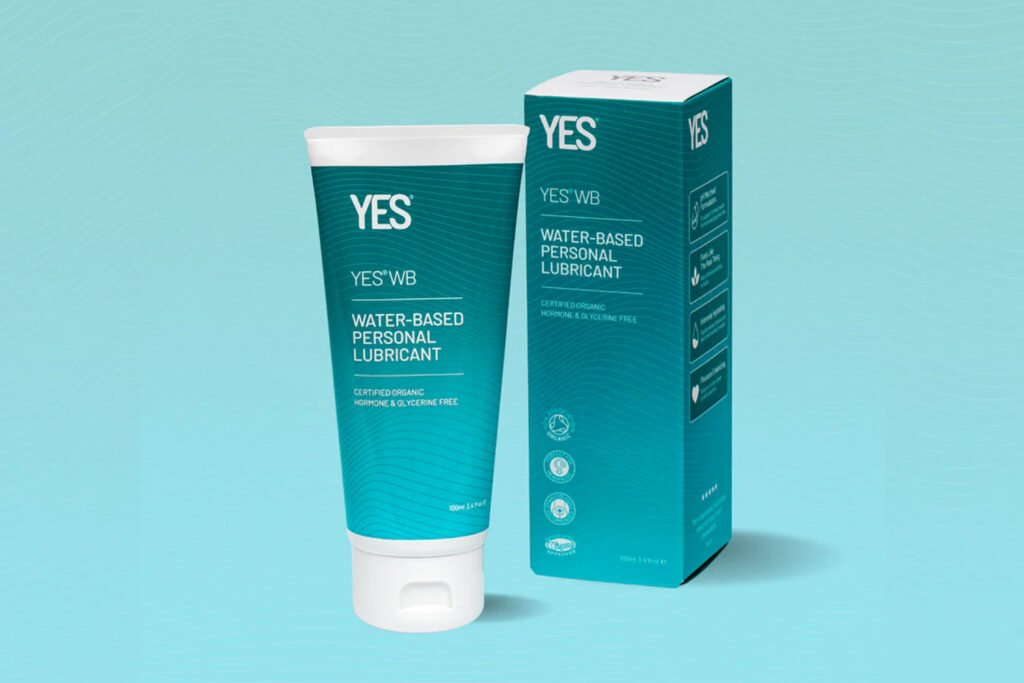
Why it’s #1: Soil Association certified organic line focused on vaginal comfort; gentle, water-based slip for condoms and toys. Clear labeling and certification give real assurance for sensitive users. (YES)
Good for: Everyday use; sensitive skin; toy play.
Notes: YES publishes certification details; pH-respectful profiles are a plus. (YES)
2) Good Clean Love — Almost Naked (Aloe-Based) — Best Everyday “Natural Feel”
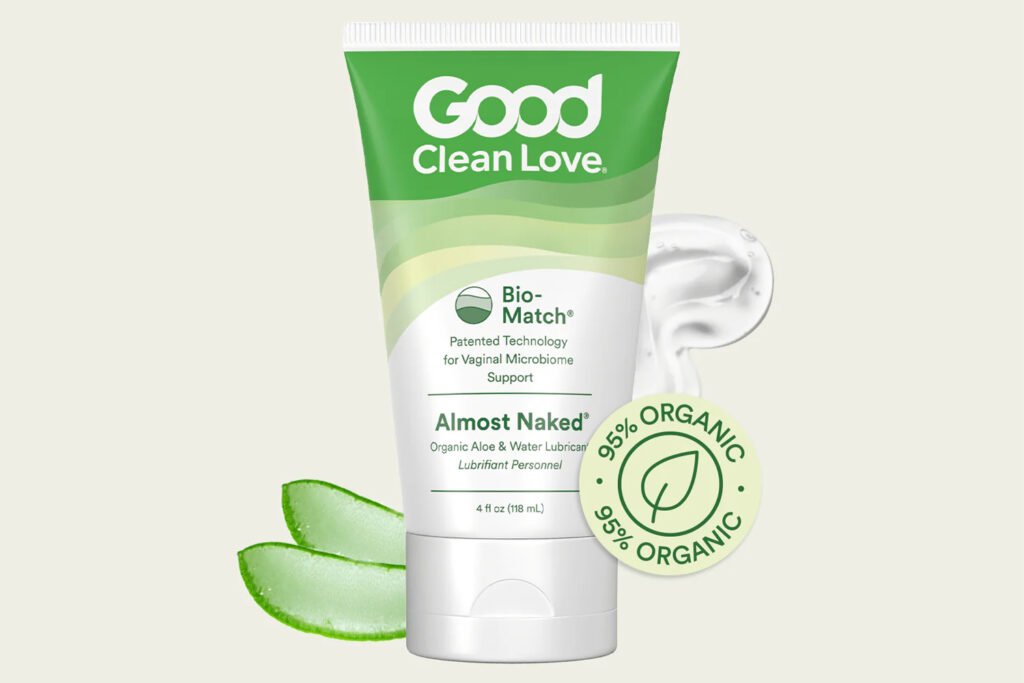
A bestseller for a reason: ~95% organic aloe, glycerin/paraben/petrochemical-free; gynecologist-recommended; condom- and toy-compatible. (Good Clean Love)
Good for: Those who want light, natural moisture that’s easy to rinse.
Notes: Aloe base can be soothing for dryness-prone users. (Good Clean Love)
3) Sliquid Organics — Natural Gel (Aloe-Based Gel) — Best for Extra Cushion
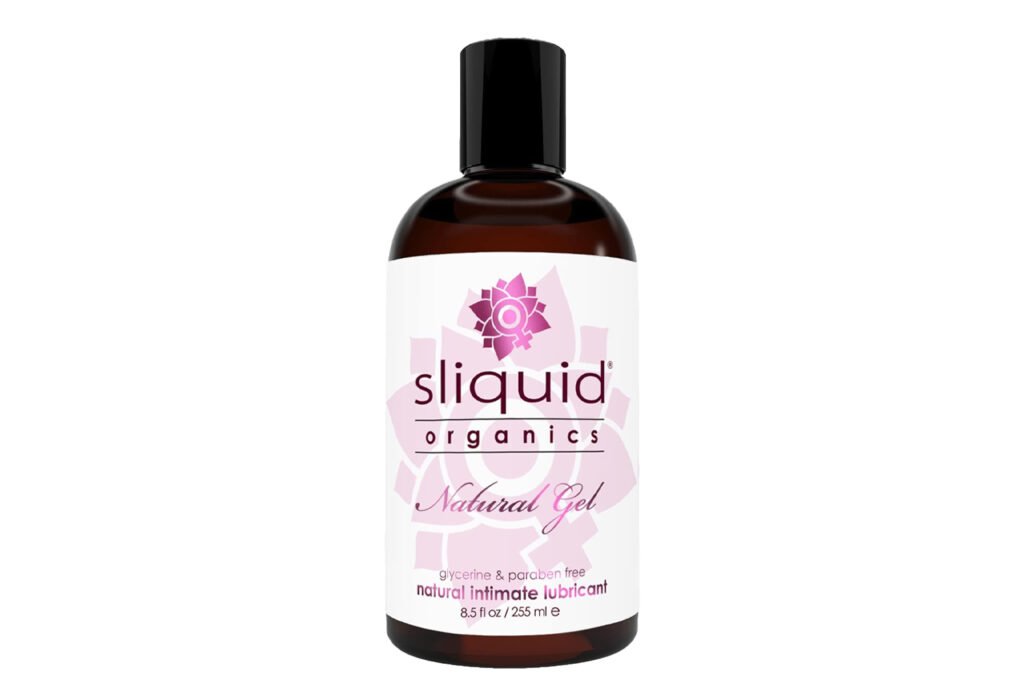
Thicker, plant-forward gel without glycerin or parabens; based on organic aloe + botanicals. Great when you want more cushion (e.g., toy play or longer sessions). (Amazon)
Good for: Those who dislike runny lubes; anal-adjacent cushioning (still water-based).
Notes: Gel texture = fewer re-applications. (WorldCondoms)
4) Maude — Shine Organic (Aloe-Based) — Best Design + pH Clarity
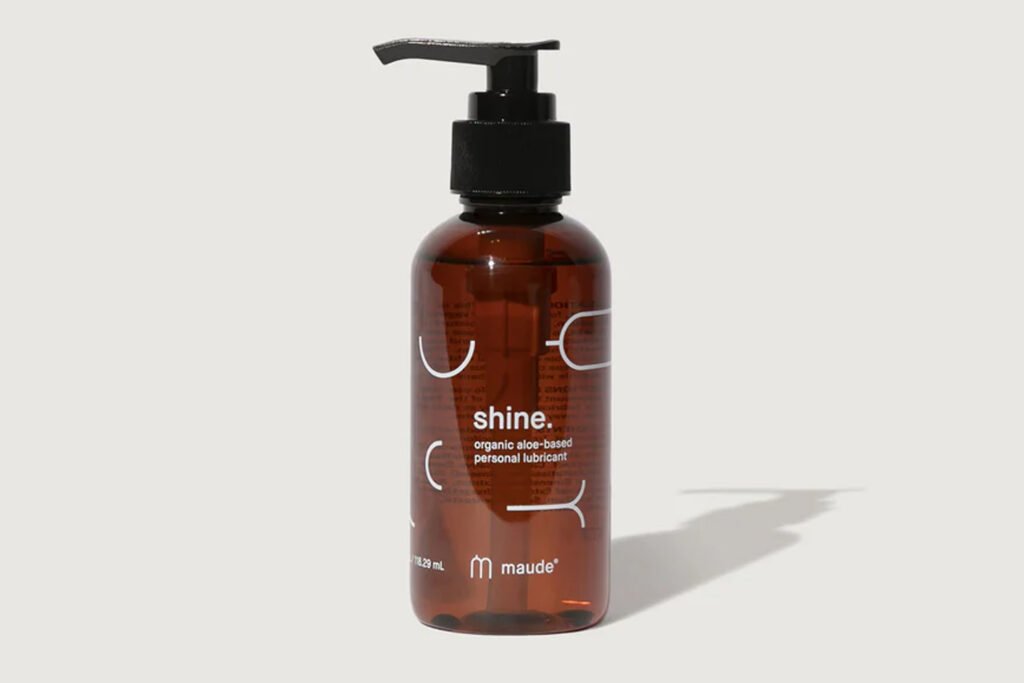
Elegant pump, aloe-based, glycerin/paraben-free, and the brand publishes pH (4.0–5.0)—right in the vaginal range; latex- and device-friendly. (maude)
Good for: Design lovers; those who care about pH transparency.
Notes: Also marketed for ideal osmolality—another green flag. (Freedom Apothecary)
5) Aloe Cadabra (Aloe-Based) — Best High-Aloe Content
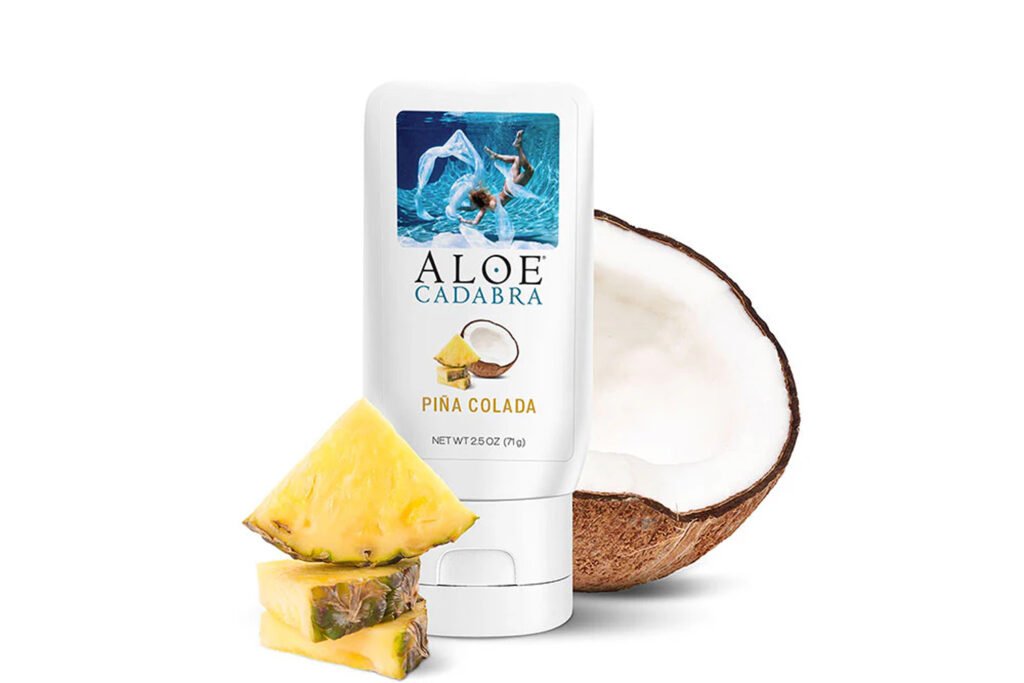
Formula highlights 95% organic aloe; marketed as a lubricant & moisturizer. Simple INCI, light feel. (Amazon)
Good for: Dryness relief with a cooling, hydrating glide.
Notes: Great entry point for “aloe first” shoppers. (Aloe Cadabra)
Quick Comparison (type • condom safety • toy safety)
- YES WB (water/aloe) • Latex-safe • Silicone-toy safe. (YES)
- GCL Almost Naked (aloe) • Latex-safe • Silicone-toy safe. (Good Clean Love)
- Sliquid Organics Gel (aloe gel) • Latex-safe • Silicone-toy safe. (Amazon)
- Maude Shine Organic (aloe) • Latex-safe • Silicone-toy safe. (maude)
- Aloe Cadabra (aloe) • Latex-safe • Silicone-toy safe. (Amazon)
- Lovense Water-Based • Latex-safe • Silicone-toy safe. (Lovense)
Buyer’s Guide (what to look for)
- pH & osmolality: For water-based vaginal lubes, aim for pH ~4–5 and osmolality below ~1,200 mOsm/kg to reduce irritation risk. Brands that publish these metrics get extra points. (World Health Organization)
- Keep it simple: Fewer additives (no fragrances, harsh preservatives, high-glycol loads) = fewer irritation issues. (Women’s Voices for the Earth)
- Condom & toy compatibility: Water/aloe-based is the safest “universal” default. Oil-based feels amazing but kills latex. (Foria)
- Patch test if sensitive: Try a pea-sized amount on your inner forearm first—especially with botanicals or oils. (Health)
Related Reading
- Is Silicone Lube Safe?
- Best Sex Games for Couples in 2025
- How to Talk Dirty to Your Partner (Beginner’s Guide)
Affiliate disclosure
This guide includes products we love. Some links may be affiliate links, which means we may earn a commission if you purchase—at no extra cost to you. We only recommend products we’d use ourselves.
FAQ
Not automatically. But certified-organic (Soil Association/USDA) and simple INCI lists are a good sign. You still need the right pH/osmolality and compatibility for your use. (YES)
Hyper-osmolar lubes (too concentrated) can draw water out of cells and increase irritation risk. WHO procurement guidance recommends <1,200 mOsm/kg for water-based lubricants. (World Health Organization)
Yes—with caveats. It degrades latex condoms and may not suit those prone to yeast infections. Use non-latex barriers and patch-test. (Health)



